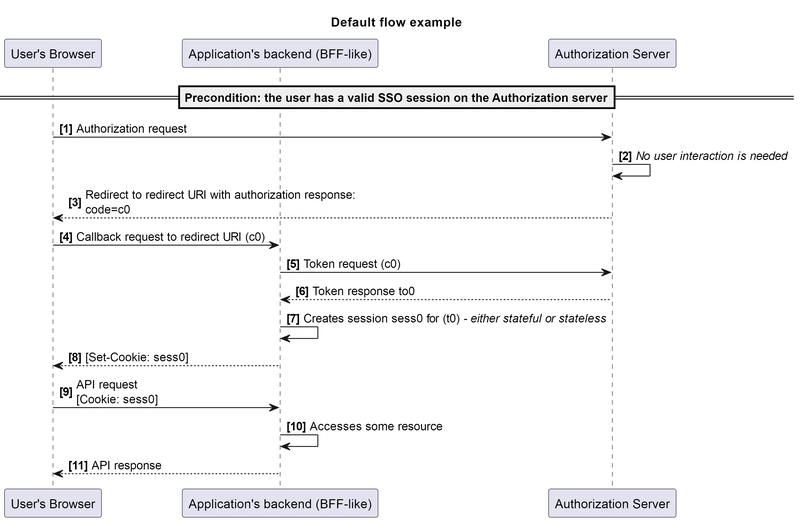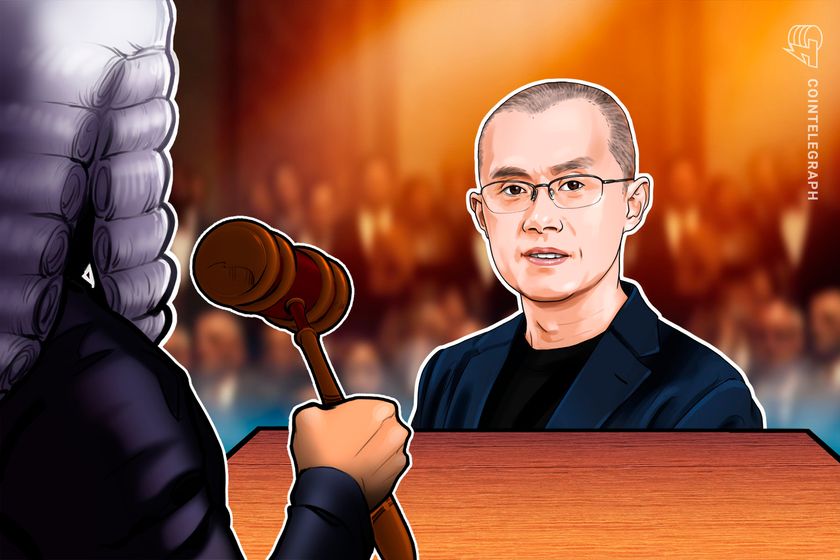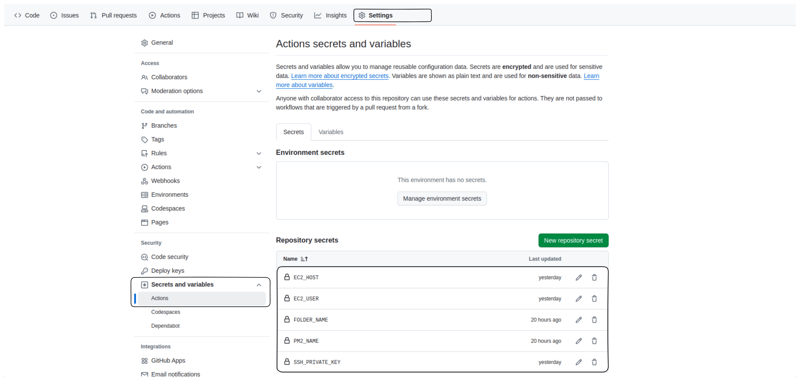Parallel Programming Fundamentals
As computing power advances, developers are looking for ways to make applications faster and more efficient. One powerful approach is parallel programming, which allows programs to perform multiple tasks simultaneously, significantly reducing execution time for complex operations. What is Parallel Programming? Parallel programming is a programming model that divides a task into smaller sub-tasks and executes them concurrently using multiple processors or cores. This differs from sequential programming, where tasks are executed one after the other. Key Concepts Concurrency: Multiple tasks make progress over time (may or may not run simultaneously). Parallelism: Tasks are executed truly simultaneously on multiple cores or processors. Threads and Processes: Units of execution that can run independently. Synchronization: Ensuring data consistency when multiple threads access shared resources. Race Conditions: Unintended behavior caused by unsynchronized access to shared data. Languages and Tools Python: multiprocessing, threading, concurrent.futures C/C++: POSIX threads (pthreads), OpenMP, CUDA for GPU parallelism Java: Threads, ExecutorService, Fork/Join Framework Go: Built-in goroutines and channels for lightweight concurrency Simple Example in Python import concurrent.futures import time def worker(n): time.sleep(1) return n * n with concurrent.futures.ThreadPoolExecutor() as executor: results = executor.map(worker, range(5)) for result in results: print(result) Types of Parallelism Data Parallelism: Splitting data into chunks and processing in parallel. Task Parallelism: Different tasks running concurrently on separate threads. Pipeline Parallelism: Tasks divided into stages processed in sequence but concurrently. Benefits of Parallel Programming Faster execution of large-scale computations Better CPU utilization Improved application performance and responsiveness Challenges to Consider Complex debugging and testing Race conditions and deadlocks Overhead of synchronization Scalability limitations due to hardware or software constraints Real-World Use Cases Scientific simulations Image and video processing Machine learning model training Financial data analysis Gaming engines and real-time applications Conclusion Parallel programming is a game-changer for performance-critical software. While it introduces complexity, mastering its principles opens the door to high-speed, scalable applications. Start small with basic threading, then explore distributed and GPU computing to unlock its full potential.

As computing power advances, developers are looking for ways to make applications faster and more efficient. One powerful approach is parallel programming, which allows programs to perform multiple tasks simultaneously, significantly reducing execution time for complex operations.
What is Parallel Programming?
Parallel programming is a programming model that divides a task into smaller sub-tasks and executes them concurrently using multiple processors or cores. This differs from sequential programming, where tasks are executed one after the other.
Key Concepts
- Concurrency: Multiple tasks make progress over time (may or may not run simultaneously).
- Parallelism: Tasks are executed truly simultaneously on multiple cores or processors.
- Threads and Processes: Units of execution that can run independently.
- Synchronization: Ensuring data consistency when multiple threads access shared resources.
- Race Conditions: Unintended behavior caused by unsynchronized access to shared data.
Languages and Tools
-
Python:
multiprocessing,threading,concurrent.futures - C/C++: POSIX threads (pthreads), OpenMP, CUDA for GPU parallelism
- Java: Threads, ExecutorService, Fork/Join Framework
- Go: Built-in goroutines and channels for lightweight concurrency
Simple Example in Python
import concurrent.futures
import time
def worker(n):
time.sleep(1)
return n * n
with concurrent.futures.ThreadPoolExecutor() as executor:
results = executor.map(worker, range(5))
for result in results:
print(result)
Types of Parallelism
- Data Parallelism: Splitting data into chunks and processing in parallel.
- Task Parallelism: Different tasks running concurrently on separate threads.
- Pipeline Parallelism: Tasks divided into stages processed in sequence but concurrently.
Benefits of Parallel Programming
- Faster execution of large-scale computations
- Better CPU utilization
- Improved application performance and responsiveness
Challenges to Consider
- Complex debugging and testing
- Race conditions and deadlocks
- Overhead of synchronization
- Scalability limitations due to hardware or software constraints
Real-World Use Cases
- Scientific simulations
- Image and video processing
- Machine learning model training
- Financial data analysis
- Gaming engines and real-time applications
Conclusion
Parallel programming is a game-changer for performance-critical software. While it introduces complexity, mastering its principles opens the door to high-speed, scalable applications. Start small with basic threading, then explore distributed and GPU computing to unlock its full potential.










































































































































































![[The AI Show Episode 143]: ChatGPT Revenue Surge, New AGI Timelines, Amazon’s AI Agent, Claude for Education, Model Context Protocol & LLMs Pass the Turing Test](https://www.marketingaiinstitute.com/hubfs/ep%20143%20cover.png)




























































































































![From Accountant to Data Engineer with Alyson La [Podcast #168]](https://cdn.hashnode.com/res/hashnode/image/upload/v1744420903260/fae4b593-d653-41eb-b70b-031591aa2f35.png?#)








































































































.png?#)














































































































































![Apple Posts Full First Episode of 'Your Friends & Neighbors' on YouTube [Video]](https://www.iclarified.com/images/news/96990/96990/96990-640.jpg)

![Apple May Implement Global iPhone Price Increases to Mitigate Tariff Impacts [Report]](https://www.iclarified.com/images/news/96987/96987/96987-640.jpg)































































































































